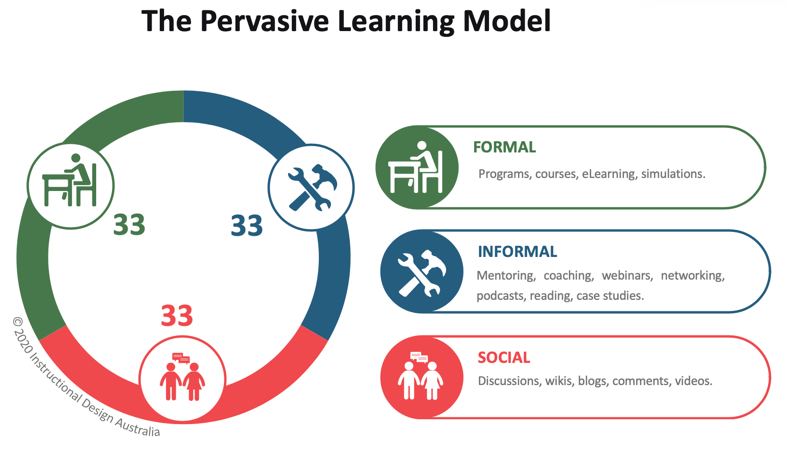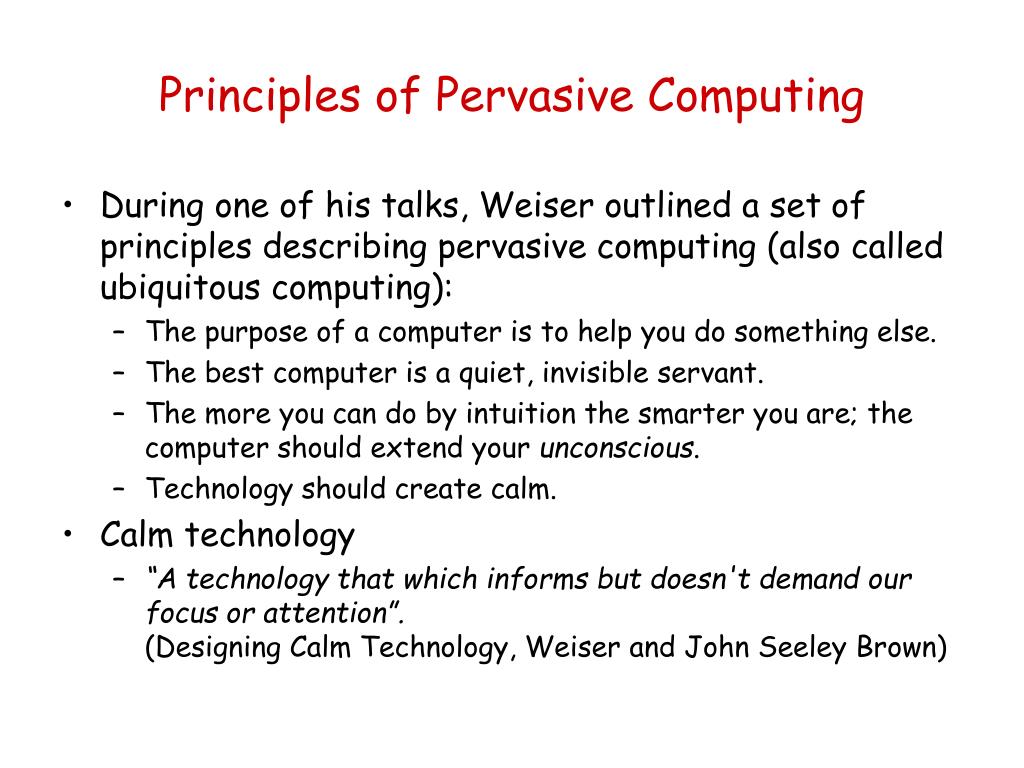
With large, integrated applications, for example in industrial contexts, there will be many subsystems with varying requirements pertaining to each one. Pervasive Network Compute Fabric: a gamechanger

After all, what is better suited to support applications with a vastly distributed infrastructure than the global telecoms network, which is currently re-furnishing itself with general purpose infrastructure anyhow? With the Network Compute Fabric, we work at the intersection of these two trends. Looking at these trends, we can see that this might be the perfect combination.
#PERVASIVE SOFTWARE#
Digitalization is also ongoing in the telcom industry, which means that more and more general-purpose hardware and software components are used to build today’s networks. We are proud to conclude that right now there is no bigger distributed system on this planet than the telecom system.Current use cases already show the need for edge and distributed computing and storage capabilities embedded into the network to support applications that need certain tasks performed close to data sources or consumers, like AR/VR, automotive, and industry 4.0. Digitalization and cloudification is ongoing in most industry verticals, and so is the trend to push services (applications and their execution infrastructure) closer to the users and data.Taking a step back, we see two major trends colliding to drive the emergence of the Network Compute Fabric.

The emerging 5G networks will be central to getting the right data to the right location at the right time. Networking will naturally be at the very core of the Network Compute Fabric. Taken together, pervasiveness enables uninterrupted and close to optimal application performance, as tasks in the Network Compute Fabric can continuously undergo updated placement decisions in response to changing network conditions or environmental context. This simplifies development of distributed applications and enables seamless task mobility so that processing can follow data sources or users.

The network-embedded computational resources will offer unified interfaces, providing access to hardware accelerators and system software infrastructure. With a pervasive Network Compute Fabric, including a unified execution environment, the application gets a compute service that always appears local, despite dynamic network changes or user/data mobility events. These tasks need options to be offloaded to a closer execution environment. They are too big, complex, or energy consuming to execute on devices, but at the same time it’s not suitable to send them off to faraway datacenters, due to, for example, strict latency or bandwidth requirements, the need for local interaction with other devices, legal requirements, etc. However, there are compute and data tasks that need something more. For many applications, this will continue to be sufficient. In such a model, huge datacenters take advantage of economies of scale for the heavy lifting, and devices use their limited capabilities for visualization, user interfacing, and sensing. This infrastructure has the potential to create completely new, unprecedented applications and services that would’ve been very difficult to build previously.Ī non-pervasive compute model would typically be a centralized one. Billions of networked smartphones and connected devices are combined with cloud and edge resources to form an immensely powerful, unified compute infrastructure. In this context, pervasive should be interpreted as “everywhere”. Pervasive characteristics of the Network Compute Fabric Essentially, the Network Compute Fabric will ensure optimized application performance with real end-to-end guarantees, spanning both the connectivity and compute domains. This will allow distributed applications interacting with physical reality to benefit from having their tasks close to data sources and data consumers, for example, in radio beamforming, closed-loop control of mission-critical processes, or intelligent aggregation of large amounts of data. The Network Compute Fabric will rely on ubiquitous compute resources that are fully integrated with the network to complement connectivity, spanning central cloud, network edge, and all the way out to devices. This is what we call the Network Compute Fabric. The network will host computing intertwined with communication for the highest level of efficiency. The network will act not only as a connector, but also as a controller of physical systems, ranging from simple terminals to complex and performance-sensitive robot control and augmented reality applications.

Future generations of networks will bring all physical things even closer to the compute domain.


 0 kommentar(er)
0 kommentar(er)
